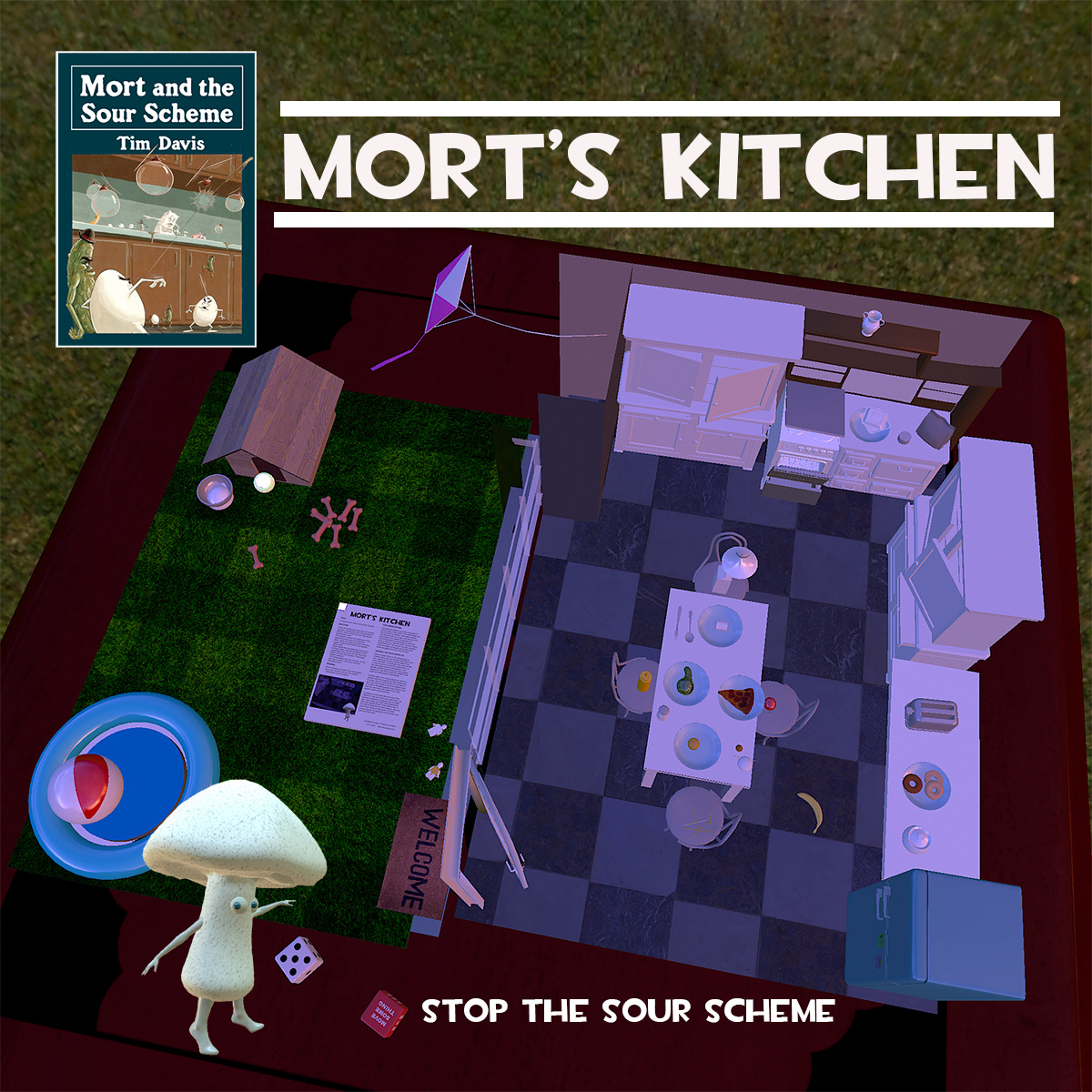Recording a school unit for SCETV

Class displays their Hidden Picture projects

Remote teaching tandem—as we monitor students' progress online

Zooming classes for adults and for kids
As a teaching artist for SmartARTS (the education branch of the Greenville Metropolitan Arts Council of Greenville, SC) my mission is to present the arts in a way that integrates with a teacher's curriculum. Typically, I discuss the unit with a lead teacher for the grade level I'll be working with. Together we decide on particular themes and instructional goals to incorporate into the lesson plan.
Whether teaching in person or virtually, that process is explained in further detail on the primary school visits page. But here, we'll layout an overview for an effective, and interactive virtual unit of instruction. I've been doing various virtual classes and video productions both before and since health restrictions were put into place.

Hiding the Sun is like Hidden Pictures

Local stories gathered from Travelers Rest area for Swamp Rabbit Tales

Directing video shoot for NYS Maple

Remote Learning SmartARTS integrated unit in elementary science

Tutoring a young cartoonist
Elements of a Virtual School Presentation:
• Hidden Pictures (program recorded by SCETV) covers the basics of my presentation Suggested use for telling. Supplement with my live-feed guidance for student activities
• Character introductions from either The Island Rule (on SCETV), or Mort Finds his RootsSuggested readings from one of those books—leading to creating dialog between characters directed by the use of story cube dice (provided in advance) rolled by students

Access to SCETV programs created specifically for students at KnowItAll.org

Explaining principles of Hidden Pictures

Story dice shaker volunteer

Characters guide story creation through characters and environments

Students volunteer to tell their stories
• Student illustrations created as directed by story cubes—filling their paper with elements (characters and environments). This could be guided by live-feed instruction & encouragement
• Use of SCETV presentation on creating Hidden Pictures from student-made illustrations Live-feed guidance adding hidden objects onto tracing paper overlaid on student illustrations

Student illustration inspired by The Island Rule

Another illustration generated using story cubes

Hidden objects drawn onto tracing paper overlay

Another Hidden Picture being created!
• Live-feed application of hiding principles to the natural world including camouflage emphasis with The Island Rule, or mushrooms' underground network with Mort Finds his Roots
• Follow-up this unit with Hidden Picture artwork display, or play the associated online board games available on Steam's Tabletop Simulator (introduced in the virtual visit).

Steam offers Tabletop Simulator, where my games are created and hosted

The Island Rule game teaches rules and higher principles

Mort's Kitchen teaches investigative skills in the midst of a food fight
